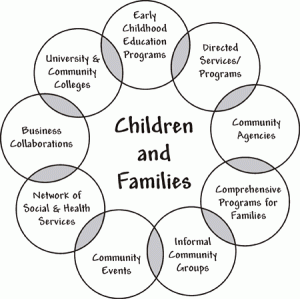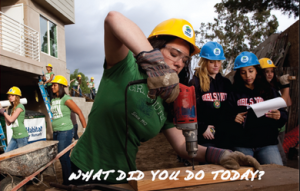After the Take Action: What Comes Next?
It’s Service September here at the GSWO blog and we’re rounding out our 5 steps to the ultimate Take Action project with tips for wrapping up your project through reflection and demonstration.
Step 4: Reflection
The purpose of this step is to help girls think deeply about the issues, attitudes, and connections they encountered during their project. This can be done during and directly after steps 1 (Inventory and Investigation), 2 (Preparation and Planning), and 3 (Action) of the project. How? There are so many ways! Reflection can be more formal through surveying the organization or community that your project impacted or it can be very informal such as leading a discussion with the girls, community volunteers, and anyone else involved in the project. The purpose of this discussion is to encourage them to provide feedback on the project, its impact, and the Take Action/Service Learning process itself. This can also be done more individually by encouraging the girls to keep a journal during the project, create a piece of art that illustrates their feelings about the process. You could also ask members of the community who were helped for their feedback and share it with the girls. Make sure that you’re evaluating the entire process and not just the effectiveness of the project itself. Take Action projects generate a lot of growth and confidence in young girls and you want them to be able to articulate and internalize the personal gains they made in their leadership skills as a result of the actual project.
Step 5: Demonstration
This is the step that we often call “celebration” because it’s the fun and final step. This is where the girls get to tell others what they’ve done: all the skills they used and learned during their service experience, describe what happened, examine the difference it made, and demonstrate their success to others using research, collected data, or first person stories. If they’re earning an award for their project, a final ceremony or court of awards makes a great official ending celebration. Not sure how to plan those? A web search for Girl Scout ceremonies will give you ideas or check out Girl Scouts” Heart of New Jersey’s collection for inspiration. Many local papers and news stations are constantly searching for positive human interest stories so don’t be afraid to contact your local news to see if they’d be interested in interviewing the girls about their project. Your community deserves to know what its youth are up to and the girls will adore being local “celebrities” when their story airs. Check out this Dallas troop’s Take Action project interview and see how they combined their demonstration with a call to action to inspire others in their community to give blood and make an impact. Then start planning your own Take Action project!










